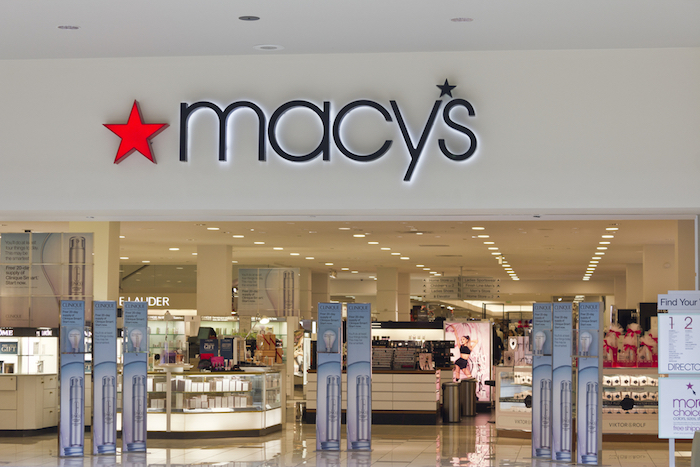The New Future Of The Mall’s Anchor Store

Gone are the days when a Macy’s, JCPenney or Sears “anchored” a mall and served as the primary reason so many people wanted to go to it.
Instead, more and more malls are ditching those type of large “anchor stores” that chew up a lot of valuable space and real estate for a mix of restaurants, lifestyle and specialty retail brands, entertainment options and fast fashion, according to a new report by The Wall Street Journal.
According to WSJ, Simon Property Group has replaced about 11 percent of all its department stores — about 50 department stores in total — with tenants such as Primark, Forever 21 and Target over the past 15 years.
While General Growth Properties, another large mall property owner, has replaced about 15 percent of its “anchor stores” with restaurants, grocery stores, gyms, boutique retailers and entertainment options, such as Dave & Buster’s, in recent years.
And it’s a trend that shows no signs of abating anytime soon.
The Florida Mall in Orlando recently tore down its Nordstrom and replaced it with a Dick’s Sporting Goods store and a store known as Crayola Experience, a crayon-centric store designed to attract young children and families, WSJ reports. The mall also bulldozed its Saks Fifth Avenue to build a pavilion with 23 restaurants. The Lord & Taylor was also carved up into four smaller stores: American Girl, H&M, Forever 21 and Zara.
Seeing as how you can buy pretty much anything you might need or want online nowadays, and typically at a cheaper price than you would find at the mall, the “malls of the future” will further seek to “lure” potential customers through unique experiences, brands and dining options — you know, the type of things that you can’t buy online.
It does not look good for the future of the “anchor store” at your local mall (if it’s even still there).
“The definition of an anchor has changed,” CBL & Associates Properties CEO Stephen Lebovitz told WSJ. “ Cheesecake Factory does as much business as Sears used to do.”